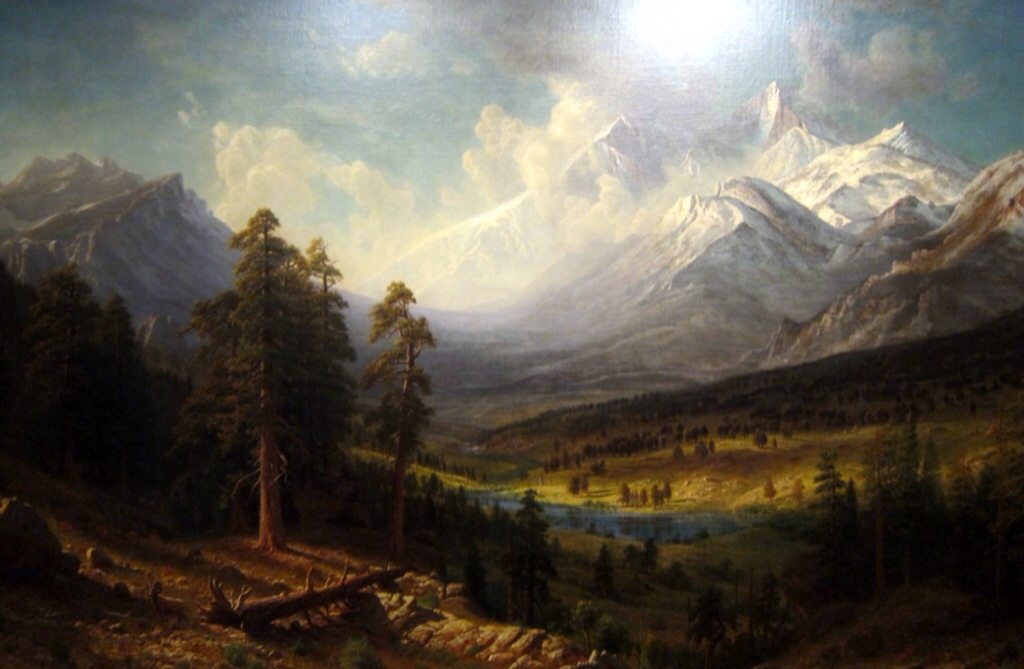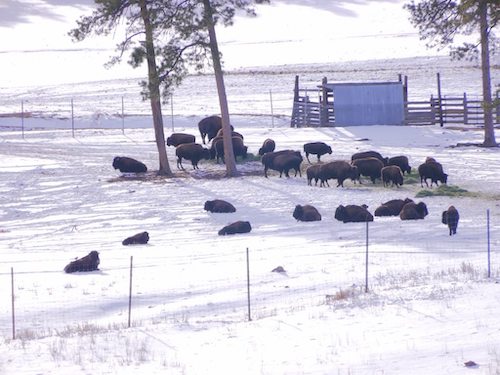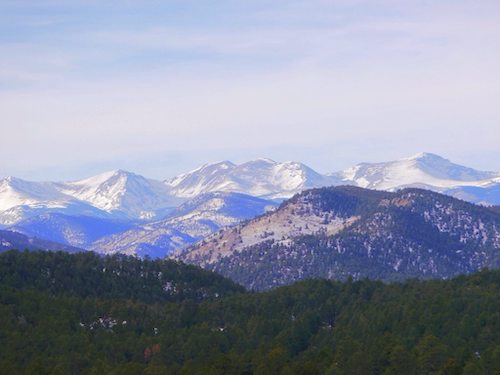
Since we had lunch in Evergreen, we went over to Genesee Park for the view and to see the buffalo. The Buffalo Herd Nature Preserve has a herd of two dozen buffalo in a setting of grass and pines in Denver’s oldest mountain park that can be observed from Interstate 70 about 20 miles from Denver. The preserve is in 2,413-acre Genesee Park, which was acquired by the city in 1912 and features stunning views of Colorado’s Front Range. The first buffalo and elk herds were established there in 1914, and the buffalo are descendants of the last wild buffalo herd left in the United States. The scenic views from here are pretty amazing as you can see above and below.
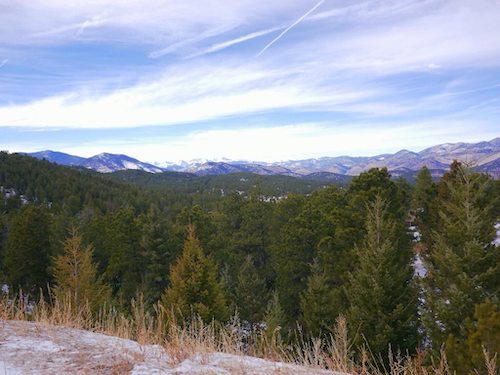
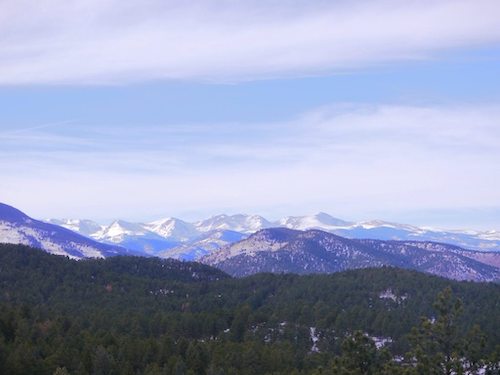
The mountains are so beautiful here, I thought I would just post a few views.
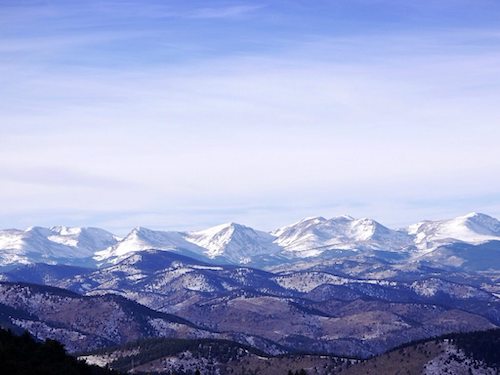

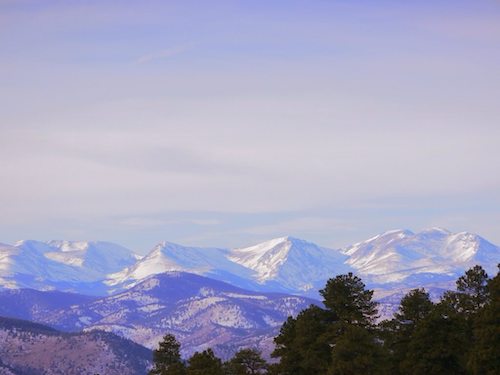
A view from some different vantage points.
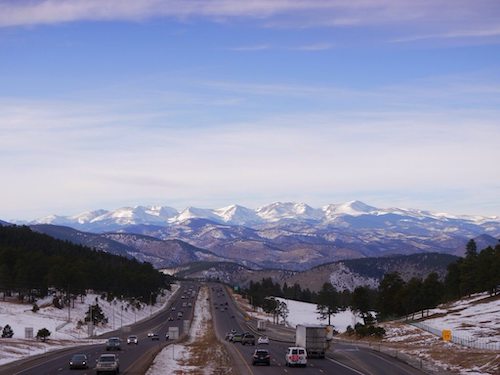
The highway runs right through the middle of the buffalo preserve. On this day they were at the bottom of the hill. The herd you’ll (hopefully) see at this exit belong to the City and County of Denver, and are descendants of 7 of the remaining wild animals found in Yellowstone National Park in 1914. The city also brought 23 elk to this newly-created Denver Mountain Park. Some interesting facts about Bison or Buffalo:
- They weigh close to 2,000 pounds – and some males may top that weight.
- A bison can outrun a Quarter horse in its favorite race length of ¼ mile (although it seems more likely that the bison would simply gore the quarter horse rather than race it).
- They can jump a 6 foot fence from a standing position, or an 8 foot fence on the run. This helps explain the tall fence separating people from bison.
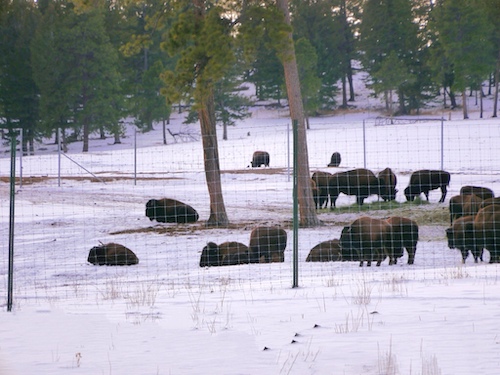
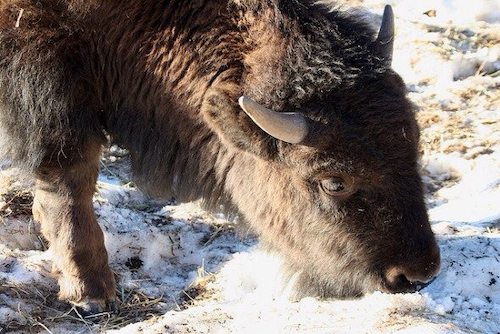
It is a small herd but it represents the one of the remainders of the great buffalo herds that roamed the Great Plains in the 19th century. Because of the beauty of the mountains and the romantic allure of the buffalo, they have been the subjects of artistic representation for the last 200 years. Albert Bierstadt (1830-1902) was a German-American painter best known for his lavish, sweeping landscapes of the American West. In obtaining the subject matter for these works, Bierstadt joined several journeys of the Westward Expansion. Though not the first artist to record these sites, Bierstadt was the foremost painter of these scenes for the remainder of the 19th century. Bierstadt is considered a member of the Hudson River school of painters. Illuminated panoramic views of Western sceneries were the epitome of American nineteenth century landscape painting. Many artists, including Albert Bierstadt of the Hudson River School of art used Luminism, a neo-impressionist style in painting, to convey the breathtaking beauty of landscape art. Bierstadt painted some of the most iconic images of American buffalo and is partly responsible for their eventual preservation.

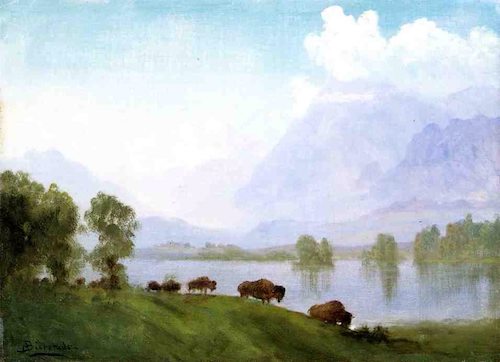
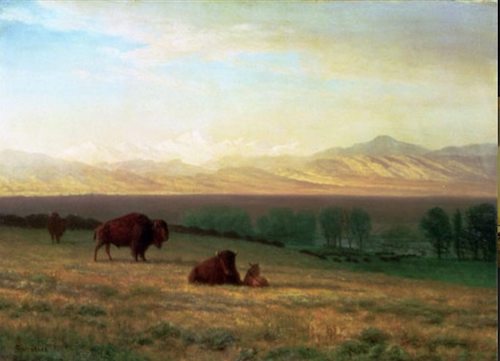
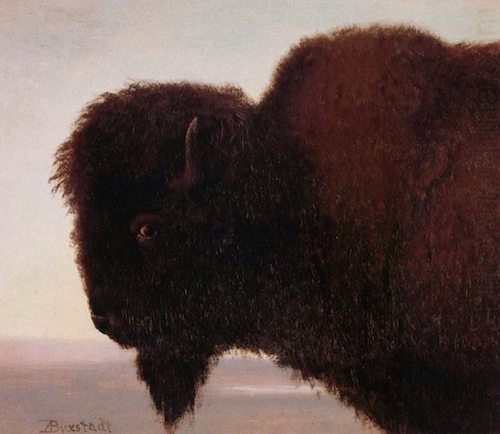


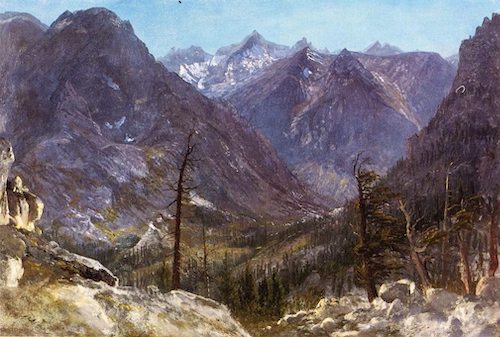
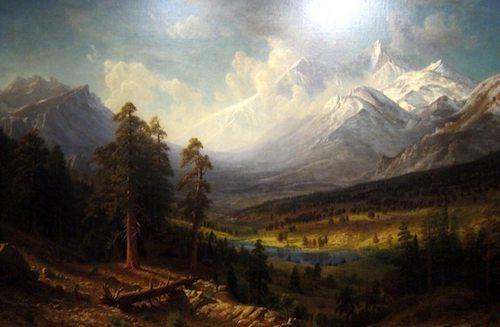
Because of Bierstadt’s interest in mountain landscapes, Mount Bierstadt and Bierstadt Lake in Colorado are named in his honor. Bierstadt was probably the first European to visit the summit of Mount Evans in 1863, 1.5 miles from Mount Bierstadt. Bierstadt named it Mount Rosa, a reference to both Monte Rosa above Zermatt and, Rosalie Ludlow, his future wife, but the name was changed from Rosalie to Evans in 1895 in honor of Colorado governor John Evans.
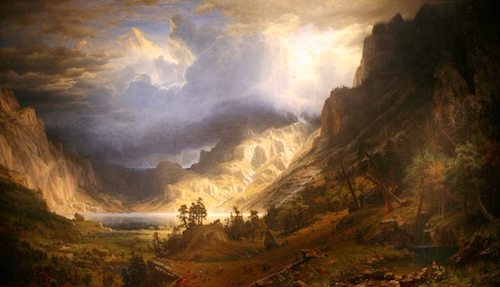
“A Storm in the Rocky Mountains – Mount Rosalie” is regarded as one of Albert Bierstadt’s most ambitious portrayals of the Rocky Mountains. William N. Byers (editor – Denver’s Rocky Mountain News) escorted them through the region currently known as the Chicago Peaks Range. Some time into their journey, Albert Bierstadt came to an immediate halt in awe of the breathtaking view, and began to make sketches of the mountainous landscape. Rays of sunlight were breaking through the broken, ragged clouds and lighting up in moving streaks the falling storm. Bierstadt worked as though inspired. Nothing was said by either of us….. The glorious scene was fading as he packed up his traps. Albert Bierstadt christened the glorious peak Monte Rosa (Mount Rosalie). When the artist returned to New York, he took a little over 2 years to produce the magnificent painting ‘A Storm in the Rocky Mountains – Mount Rosalie’ (1866). The painting was first exhibited in New York (1865-6), and a year later, in 1867, ‘A Storm in the Rocky Mountains – Mount Rosalie’, along with another of the artist’s landscapes that featured the Rocky Mountains, were exhibited in a world exposition that travelled through London and Paris. Nancy K. Anderson (Art historian) critiqued the artist’s work as a “near-perfect combination of technical expertise, European experience, national enthusiasm and marketing savvy — everything required to turn the Western landscape into an iconic image of national definition.”
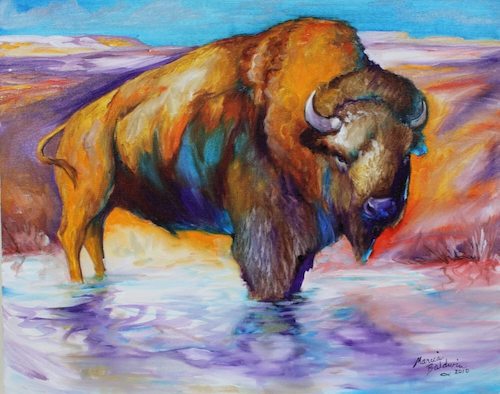
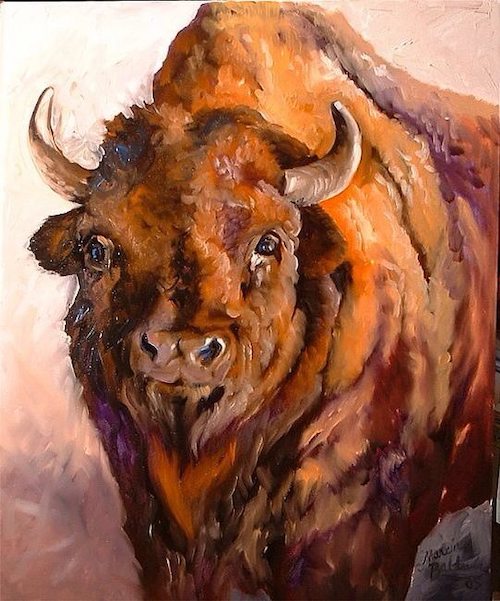
I have included two beautiful paintings by Marcia Baldwin, a talented artist for 39 years from Louisiana specializing in equine art and buffalo. She is an award winning artist and I love her work, I think you will too. This a quote from her;
“The buffalo is a one of the most beautiful wild animals in our world. Strong and bold and brave, all elements I tried to capture in this original painting. It has earth tones throughout and “brings you back” … down to earth, in our fast paced lives.
“This is when the air was pure and the skies were clear”… A Time to Cherish. “The Buffalo”.
[mappress mapid=”105″]
References:
Marcia Baldwin: http://www.marciabaldwin.artspan.com/
Xoxar Bierstadt: http://xaxor.com/oil-paintings/410-albert-bierstadt-1830-1902.html

